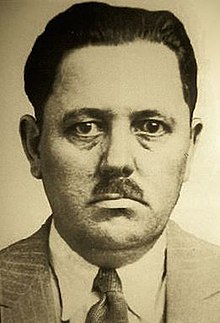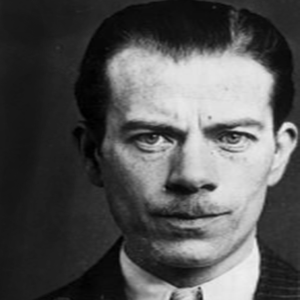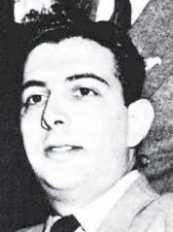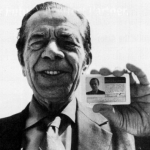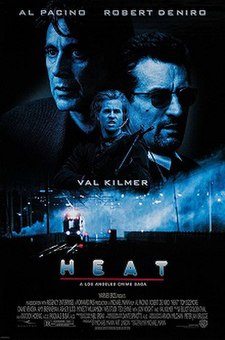
The movie
Meeting at Gold's Gym in Venice, California, 6'4" twenty-six-year-old Larry Eugene Phillips Jr. and Romanian born 6'2" thirty-year-old Emil Decebal Matasareanu bond over weight lifting, body building, and their desire to make money as master criminals. Soon becoming known to authorities as the "High Incident Bandits," in 1993 the pair rob an armored car outside a bank in Littleton, Colorado, on June 14th of 1995, kill guard Herman Cook while robbing a Brinks armored car, and steal over $1.5 million in cash from two San Fernando Valley Bank of Americas in robberies in May of 1996. Precise timing, heavy weaponry, a willingness to use excessive violence, and the wearing of body armor are the trademarks of the two outlaws.

Phillips Matasareanu
After months of planning and practice, on the morning of the 28th, Phillips and Matasareanu suit up in masks, body armor and gloves with time pieces sewn on their backs, load their equipment (five illegally modified automatic rifles, a pistol, and over 3,000 armor piercing rounds of ammunition in magazines and drums) into a white 1987 Chevrolet Celebrity, take hits of the muscle relaxer Phenobarbital as a calming agent, and head for the a branch of the Bank of America in North Hollywood located at the intersection of Laurel Canyon Boulevard and Archwood Street. At approximately 9:17 AM, with the entrance of the desperadoes into the bank, forty-four minutes of mayhem and madness begins.

Robbery
Giving themselves eight minutes to loot the establishment before they believe police can respond, the bandits' time table is immediately thrown off when they are spotted by police officers Loren Farrell and Martin Perello, who happen to be driving by on Laurel Canyon Boulevard in a patrol car. "15-A-43, requesting assistance, we have a possible 211 in progress at the Bank of America." Beyond possible, actual, and before the robbery ends over 300 members of law enforcement agencies of southern California will respond to the call. And soon a second call goes out ... Shots Fired!
One of the guns
Using their usual tactics, the outlaws fire rounds into the ceiling of the bank to cow the occupants (thirty patrons and employees), force their hostages to lay on the floor, and blast through a bullet proof glass door to gain access to the teller and vault areas. Filling a large money bag, the robbers' take is $303,305.00 ... a nice haul, but less than the $750,000.00 in cash the pair was expecting to find (causing the reduction, the bank has just altered its asset delivery schedule). Enraged at the lesser payday, Matasareanu takes his frustration out on the safe, firing a full drum of 75 rounds into the inanimate object. Bile drained, loot in hand, the pair then exit the bank. Outside, the police are waiting.

Matasareanu
All four corners of the bank surrounded and helicopters buzzing about overhead, officers repeatedly request that the pair surrender, but instead, Matasareanu and Phillips open fire on anything that moves. In the gunfight that ensues, most of the rounds fired by the police from standard issued Berettas and Smith & Wesson revolvers fail to penetrate the body armor of the bandits (the 12-gauge Ithaca Model 37 pump-action shotgun of Officer James Zaboravan is also unable to cause any serious damage) ... unfortunately it is not the same for the slugs that come from the outlaws' weapons and several officers and civilians become bloody casualties over the course of the first eight minutes of action as the robbers engage targets making their way over to their getaway vehicle. The only safety available, a Brinks armored car will be commandeered by police to evacuate the wounded from the shootout.

Insanity in North Hollywood
For unknown reasons, at the Chevy the pair split up, Matasareanu gets behind the wheel, while Phillips slowly walk beside, continuing to fire in all directions. Wild West raw, eighteen minutes after the gun battle begins, members of the Los Angeles Police Department SWAT Team begin to arrive (coming from an exercise run, several wear shorts and tennis shoes under their body armor), and armed with AR-15s capable of holing the armor of the outlaws, the tide of the violent contest begins to turn.

Holed police vehicle
Peeling away from the protection of the getaway vehicle, Phillips is hit in the shoulder as he turns east down Archwood Street. Hoping to kill right until the end, the outlaw continues to fire at police with his AKM until the weapon finally jams. Throwing the rifle away, he fights on with a Beretta 92FS pistol until a round strikes him in the hand, causing him to drop the gun ... then over and out realized, he picks up the gun, places it under his chin and commits suicide ... suicide as several killing rounds from the police also hit his body (ten SWAT rounds penetrate his armor). It is roughly 9:52 in the morning.

Phillips after
Getaway vehicle rendered useless, holed, its windows blown out, all four tires flat, in a residential area of North Hollywood three blocks away from where his partner has just died, Matasareanu attempts to carjack a new ride, a yellow 1963 Jeep Gladiator pickup truck. Unable to start the Jeep however, he soon finds himself engaged in a fresh gun battle with SWAT members. A lifetime in the seconds of two-and-a-half minutes, the Romanian battles from behind the Jeep and Chevy until multiple hits to his legs put him down on the pavement. Cuffed and swearing at the officers that have bested him, he will bleed out from over twenty leg wounds before an ambulance can make its way through the chaos to his position. It is roughly 10:00 in the morning when the gunfire ceases.

Last Stand
Battle over, millions that have watched the event live on local TV can't believe what their eyes have taken in ... approximately 2,000 rounds have been exchanged between outlaws and authorities, numerous buildings and cars have been damaged or destroyed, eleven police officers have been injured, seven civilians have been wounded, and two stone cold killers are meat morgue dead.

Gunfight
An incredible incident, in 1998, nineteen officers of the LAPD will receive the organization's Medal of Valor for their heroic actions in thwarting the robbery.





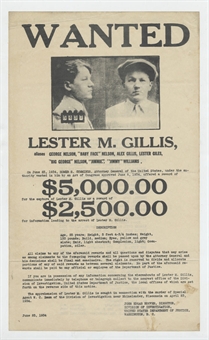










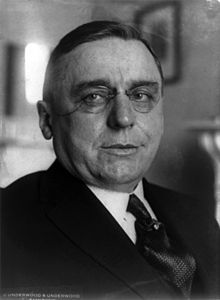

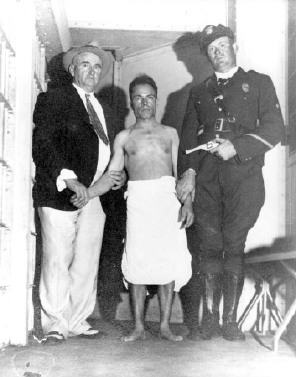

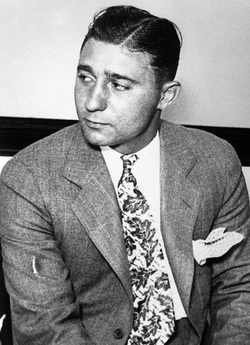

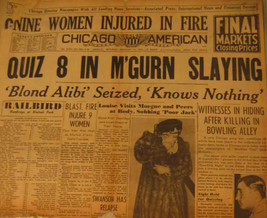



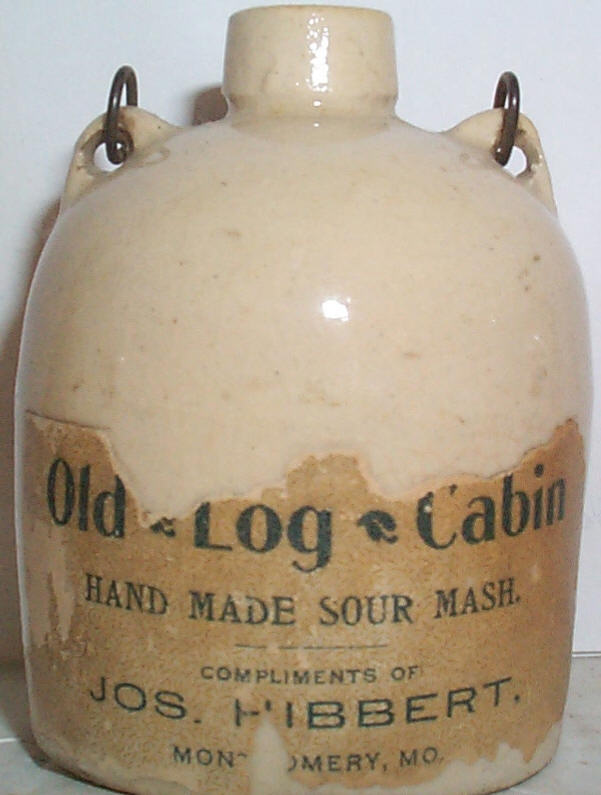



.jpg)

